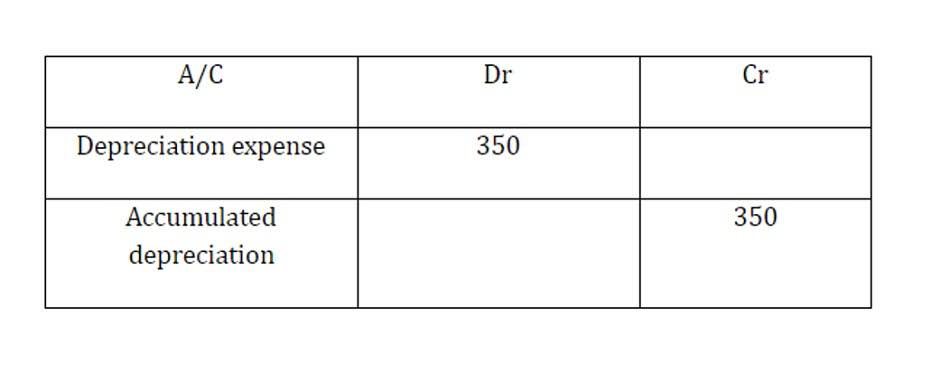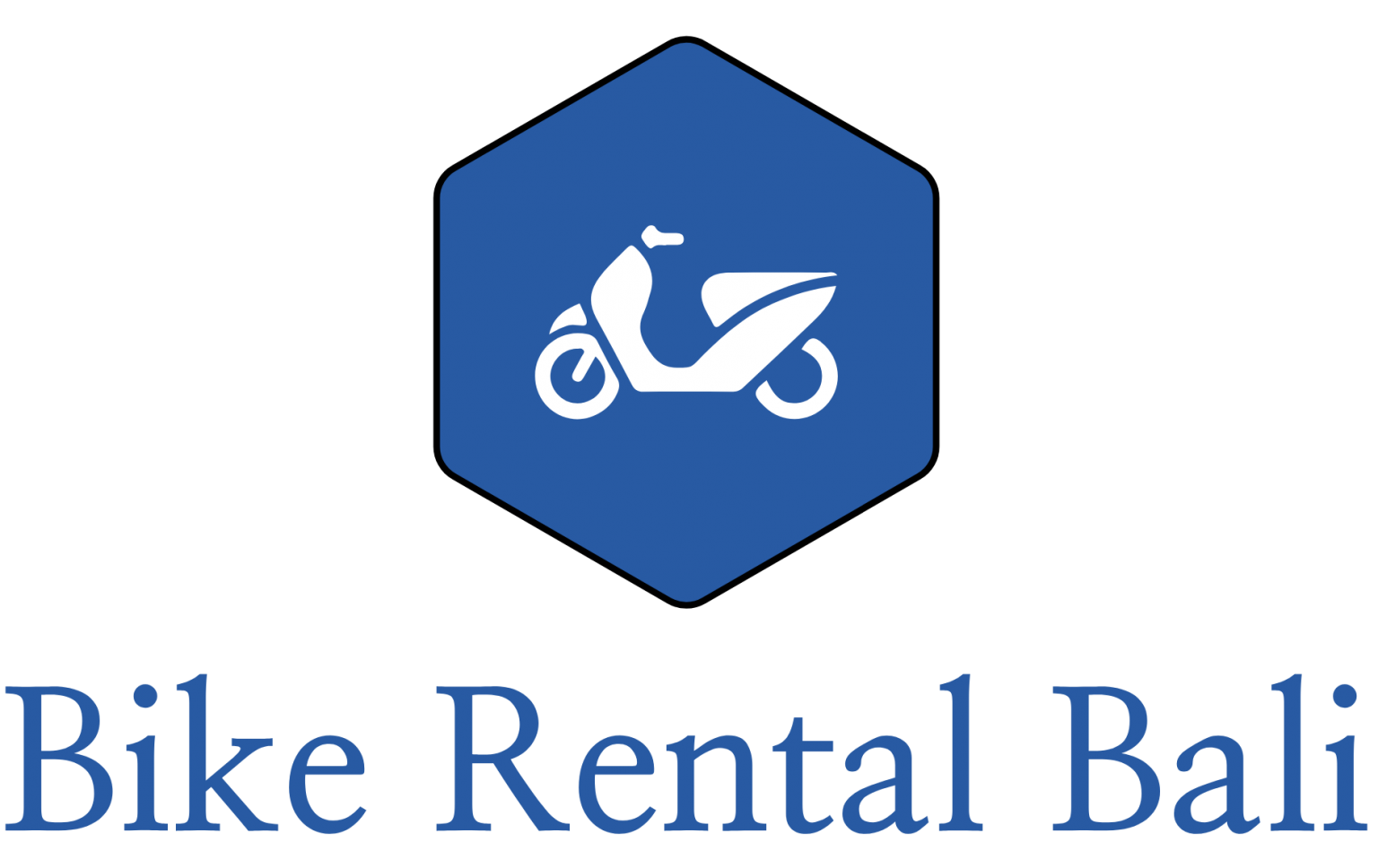Times interest earned ratio: Formula, definition, and analysis

On the other hand, a low TIE indicates higher risk, suggesting that operational earnings are insufficient to cover interest expenses, potentially leading to solvency concerns. By contrast, technology firms, known for rapid growth and innovation, often exhibit higher TIE Accounting For Architects ratios. These companies rely more on equity financing or retained earnings, reducing their debt and interest expenses. A tech company with a TIE ratio of 10 or more demonstrates strong earnings relative to its debt obligations, reflecting a conservative approach to leveraging. However, the dynamic nature of the tech industry requires continual reinvestment, which can shift financial strategies and future TIE ratios.
- Maintaining a consistent ratio can signal to investors that the company has steady control over its expenses, which could lead to an increased value of its stock.
- Bookmark this tool and use it whenever you need a reliable, quick insight into interest coverage capability.
- The times interest earned formula is EBIT (earnings before interest and taxes) divided by total interest expense on debts.
- Conversely, a low TIE ratio might necessitate a reliance on funding with less financial leverage to mitigate the risk of default.
- The TIE’s main purpose is to help quantify a company’s probability of default.
Applications of TIE in Decision-Making

On the other hand, a declining TIE ratio raises red flags for both management and shareholders, as it suggests diminishing excess income to service debt. This could potentially result in harsher loan terms or the increased likelihood of defaulting on obligations. Enter the net operating income (EBIT) and interest expense into the calculator to determine the times earned interest ratio. The times interest earned ratio shows how many times a company can pay off its debt charges with its earnings. If a company has a ratio between 0.90 and 1, it means that its earnings are not able to pay off its debt and that its earnings are less than its interest expenses.
Understanding Times Interest Earned Ratio
Debts may include notes payable, lines of credit, and interest obligations on bonds. The times interest earned ratio (TIE) measures a company’s ability to make interest payments on all debt obligations. It is necessary to keep track of the ability of the entity to cover its interest expense because it gives an idea about the financial health. A high times interest earned ratio equation will indicate a good level of earnings that it more than the interest to be repaid. A strong cash flow balance sheet is what every investor desires in order to take a positive investment decision about a company.
Reduce interest expenses

All industries, but especially those with high fixed costs or debt levels like manufacturing and transportation. TIE focuses on interest coverage, while debt-to-equity compares total debt to shareholder equity. Improving your company’s TIE ratio involves strategic measures to enhance earnings and manage debt effectively. The TIE ratio is an essential tool for businesses to use to predict their future financial stability and incorporate into their operational strategies. This 2020 report from the Federal Reserve reports that the median interest coverage ratio (ICR) for publicly listed nonfinancial corporations is 1.59.
- For example, a TIE ratio of 0.8 suggests the company can only cover 80% of its interest obligations, which could deter investors or lead creditors to reconsider lending terms.
- Next, locate the total interest expense on the income statement, which represents the cost of borrowing.
- The ratio does not seek to determine how profitable a company is but rather its capability to pay off its debt and remain financially solvent.
- If a company has a low or negative times interest ratio, it means that debt service might consume a significant portion of its operating expenses.
- The times interest earned ratio looks at how well a company can furnish its debt with its earnings.

Obviously, no company needs to cover its debts several times over in order to survive. However, the TIE ratio is an indication of a company’s relative freedom from the constraints of debt. Generating enough cash flow to continue to invest in the business is better than merely having enough money to stave off bankruptcy. The times interest earned ratio (TIE) compares the operating income (EBIT) of a company relative to the amount of interest expense due on its debt obligations. Trend analysis using the times interest earned (TIE) ratio provides insight into a company’s debt-paying ability over time. Times interest earned (TIE) ratio should be analyzed in the context of a company’s industry and together with other solvency ratios such as debt ratio, debt to equity ratio, etc.

GROWTH STAGE EXPERTISE
It is a good situation due to the company’s increased capacity to pay the interests. We shall add sales and other income and deduct everything else except for interest expenses. In our completed model, we can see the TIE ratio for Company A increase from 4.0x to 6.0x by the end of Year 5. In contrast, for Company B, the TIE ratio declines from 3.2x to 0.6x in the same time horizon.

- The company’s shareholders expect an annual dividend payment of 8% plus growth in the stock price of XYZ.
- The ratios indicate that Company A has better financial position than Company B, because currently 50% of its total assets are financed by debt (as compared to 75% in case of Company B).
- This method directly considers cash flow rather than accounting earnings, providing a more liquidity-focused view of debt serviceability.
- Companies and investors must regularly scrutinize this ratio alongside other solvency ratios on income and financial statements to ensure a secure financial footing.
- This indicates that Steady Industrial Corp. has a stronger financial position when servicing its debt.
This approach provides a more complete picture of investment risk and the company’s financial resilience. This approach includes depreciation and amortization (non-cash expenses) in the calculation, potentially giving a better picture of cash flow available for interest payments. Strong revenue growth can boost EBIT and improve the TIE ratio, while declining sales or operational inefficiencies can reduce it. Strategic decisions, like cost-cutting or investing in revenue-generating projects, can also impact EBIT and the TIE ratio. Managers must balance short-term financial improvements with long-term growth objectives. Here, we can see that the times interest earned ratio equals ebit divided by Harrys’ TIE ratio increased five-fold from 2015 to 2018.


